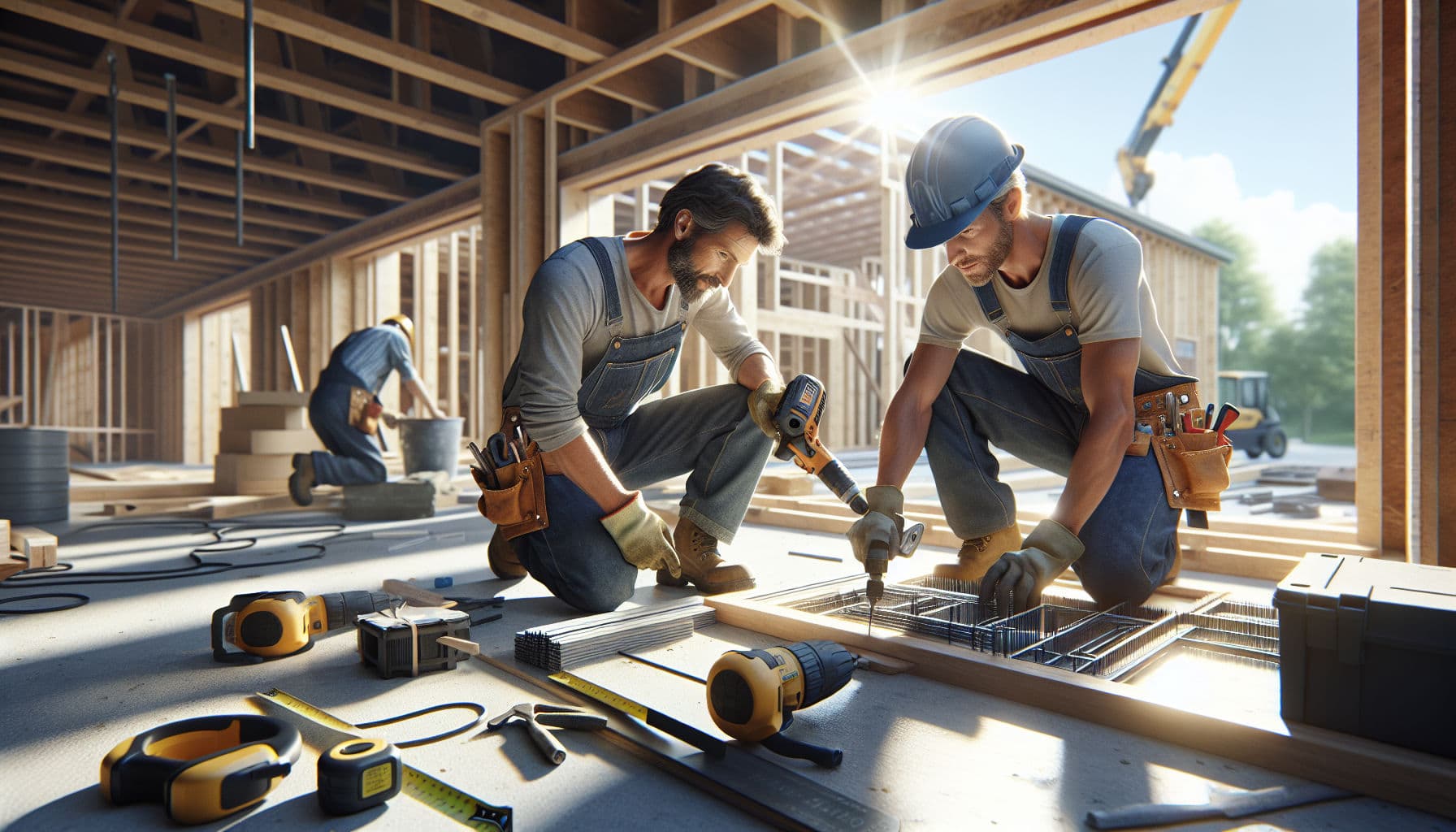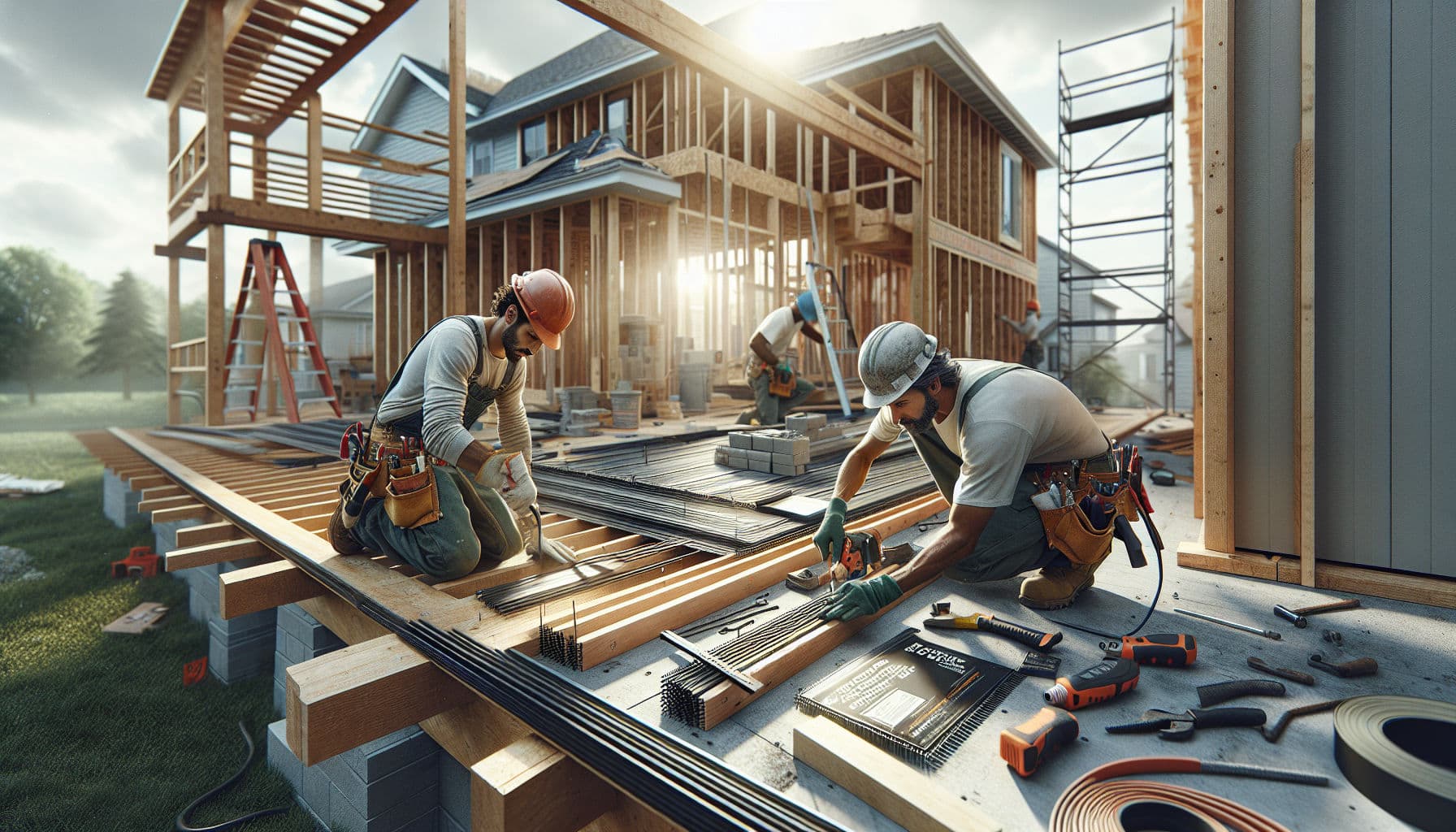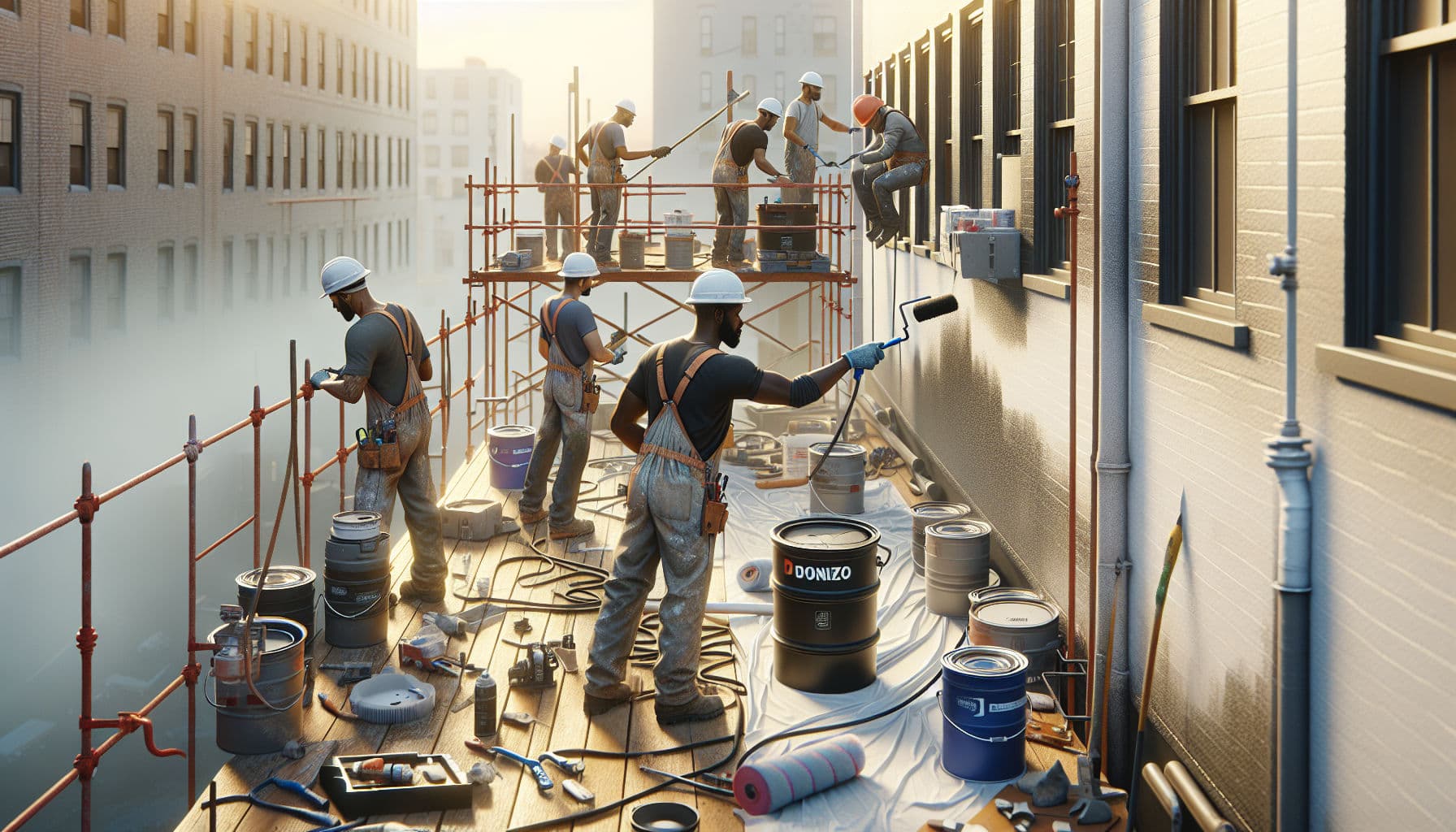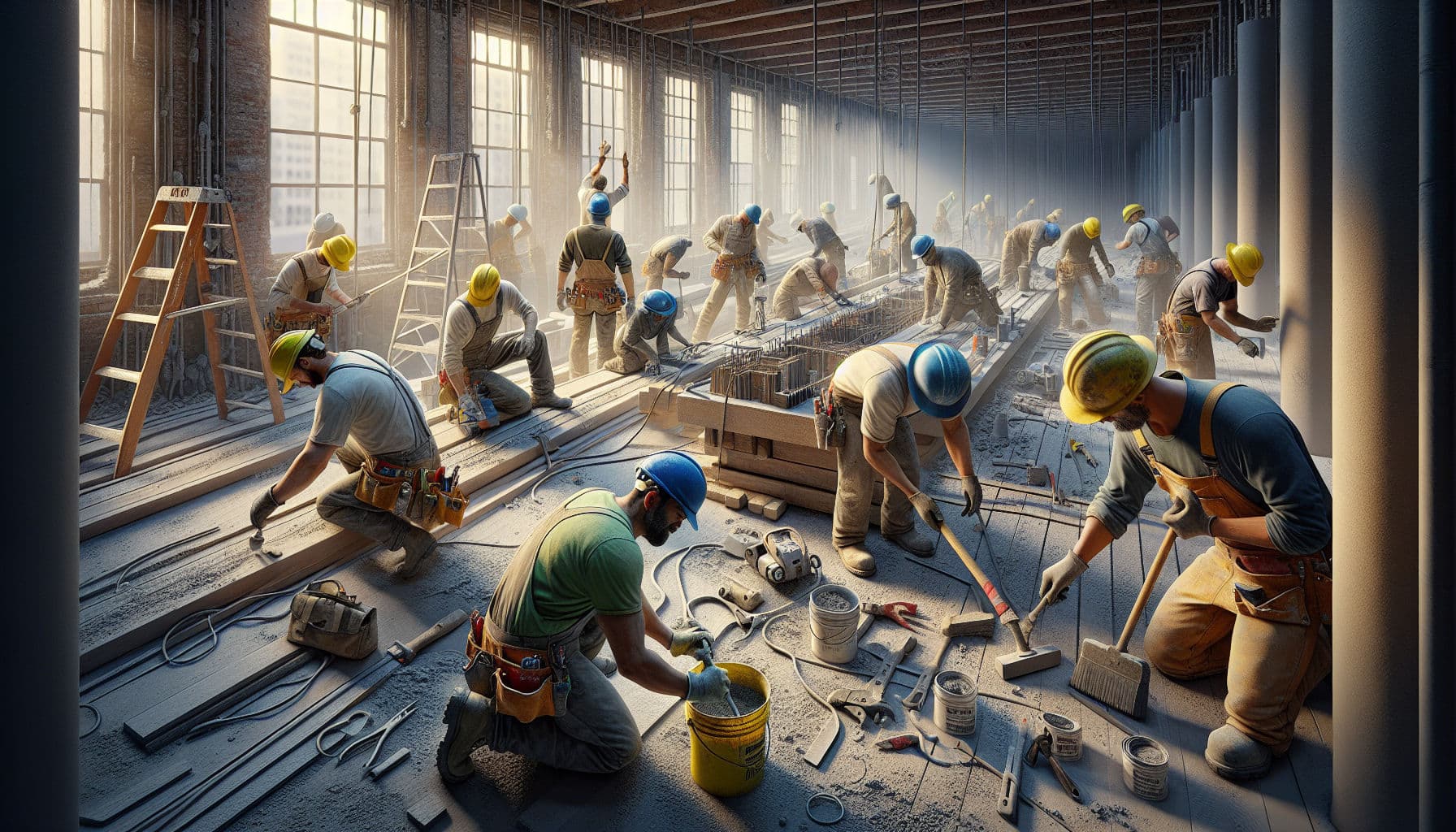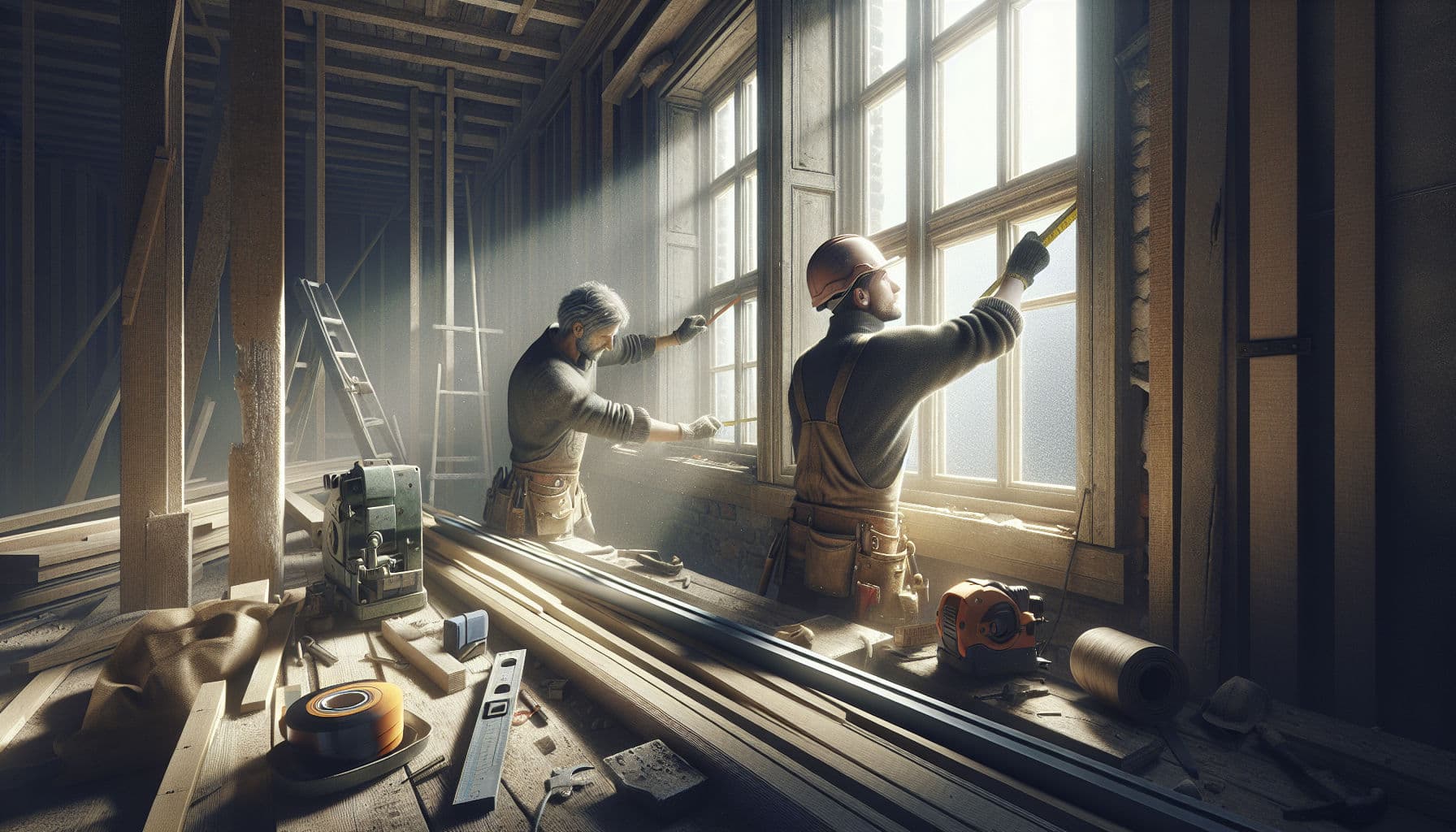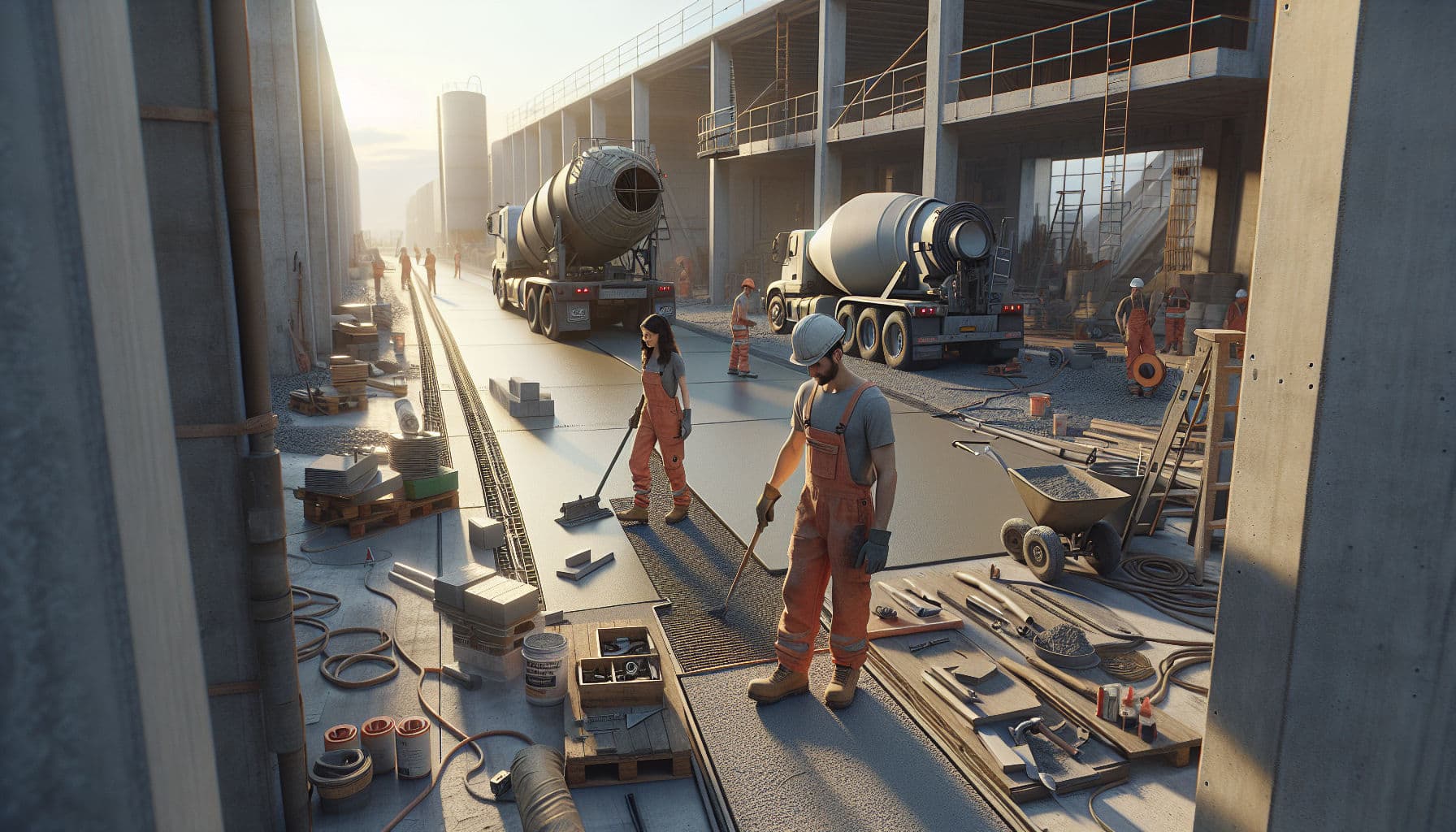Concrete Moisture Testing: Pro Guide 2025
Avoid flooring failures with ASTM-backed concrete moisture testing. Methods, thresholds, step-by-step RH tests, costs, and decisions contractors can trust.

Introduction
Moisture in concrete slabs is the leading cause of flooring failures. This guide explains what to test, why it matters, and how to execute reliable, standards-based measurements that withstand scrutiny. You will learn when to use in-situ RH vs calcium chloride, how to control ambient conditions, and what to do if results are high. We also show how to capture test notes and approvals quickly so you protect your schedule and margin.
Key Takeaways
- Moisture-related issues drive 70–85% of flooring failures; remediation averages $8–15/ft² (€75–160/m²), often adding 2–4 weeks.
- ASTM F2170 (in-situ RH) is the accepted standard for most modern adhesives with limits typically 75–85% RH; use at least 3 tests for the first 1,000 ft² (93 m²) and 1 per additional 1,000 ft².
- Hole depth: 40% of slab thickness drying from one side (20% if two-sided); minimum 24-hour equilibration before readings.
- Keep substrate temperature at least 3°C (5°F) above dew point; uncontrolled ambient swings can skew RH by several percentage points.
- Clear documentation and client sign-off on test results significantly reduce disputes and rework risk.
Table of Contents
- The Real Risk Of Moisture In Slabs
- Choose The Right Test Method
- Execute RH Testing Correctly
- Manage Ambient Conditions And Dew Point
- If Results Fail: Mitigation, Costs, Scheduling
- Frequently Asked Questions
- Conclusion
The Real Risk Of Moisture In Slabs
Problem
According to industry data, moisture is implicated in 70–85% of flooring failures. Trapped moisture blisters adhesives, discolors resilient flooring, and warps wood. Average remediation costs range $8–15 per ft² (€75–160 per m²) when you include demo, surface prep, mitigation, and re-installation. Schedule impact typically adds 2–4 weeks, with lost crew productivity and client dissatisfaction.
Solution
Adopt a standards-based protocol before installation:
- Use ASTM F2170 in-situ RH testing for most modern adhesive systems.
- Verify manufacturer limits: many resilient and LVT adhesives allow 75–85% RH; wood products are often stricter.
- Document ambient conditions (temperature, relative humidity) and dew point at time of testing.
- Secure written client acknowledgment of results and decisions.
Example
A small flooring contractor testing a 4-inch slab recorded RH 88% (limit 85%) across 6 probes. They delayed installation 3 days, ran dehumidification, re-tested at 83% RH, and proceeded with a moisture-tolerant adhesive. Outcome: zero call-backs, avoiding an estimated $9,800 rework and a two-week delay.
Choose The Right Test Method
Problem
Contractors still debate in-situ RH vs calcium chloride (MVER). Using the wrong method for the product can yield misleading data and liability.
Solution
Match the test to the material system and standards. Most manufacturers of modern adhesives reference ASTM F2170 (in-situ RH) as the acceptance criterion. Calcium chloride (ASTM F1869) measures surface emission rate (MVER) and may be supplemental but is often not sufficient on its own.
Comparison
| Method | What It Measures | Typical Limits | When To Use | Notes |
|---|---|---|---|---|
| ASTM F2170 In-Situ RH | Internal slab RH at depth | 75–85% RH for many resilient/LVT adhesives; wood often ≤75% | Primary method for modern adhesives | Minimum 24-hour equilibration; depth = 40% (one-sided dry) or 20% (two-sided) |
| ASTM F1869 Calcium Chloride (MVER) | Surface moisture vapor emission rate | 3–5 lb/1,000 ft²/24h (1.4–2.3 kg/100 m²/24h) | Legacy or when manufacturer specifies MVER | Sensitive to ambient swings; not reflective of deep-slab moisture |
| Non-Destructive Meters | Relative comparison, not compliance | N/A | Screening only | Use to map wet zones before placing F2170 probes |
Example
On a retrofit school gym, spec required ≤80% RH or ≤3 lb MVER. Surface MVER met 2.5 lb, but RH at depth showed 86%. The team avoided a likely failure by following the RH criterion, adding mitigation before installing the sports floor.
Execute RH Testing Correctly
Problem
Improper hole depth, too few tests, or rushing equilibration produces invalid data. Disputes arise when results are challenged.
Solution
Follow ASTM F2170 step-by-step.
H3: Test Quantity And Layout
- At least 3 tests for the first 1,000 ft² (93 m²), plus 1 additional test for each additional 1,000 ft² (or part thereof).
- Place probes near potential moisture risk areas: center, perimeter, columns, and vapor barrier discontinuities.
H3: Drilling Depth And Preparation
- Slab drying from one side: drill to 40% of thickness (e.g., 4 in slab → 1.6 in depth).
- Two-sided drying (elevated slabs with airflow beneath): 20% of thickness.
- Vacuum dust, insert liners, cap probes per manufacturer.
H3: Equilibration And Reading
- Minimum 24 hours after probe placement before taking official readings per current ASTM F2170; note that some manufacturers still require 48–72 hours—follow the stricter requirement in the specification.
- Record RH and temperature at the probe, plus ambient temp/RH.
H3: Acceptance Limits
- Many resilient/LVT adhesives: 75–85% RH.
- Engineered wood: often ≤75% RH (verify product data).
- Porcelain/ceramic with thinset: typically more tolerant, but consult the adhesive manufacturer.
Example
A contractor on a 2,500 ft² clinic installed 5 probes (3 for first 1,000 ft² + 2 more). After 24 hours, RH averaged 81% with one outlier at 86%. The spec required ≤85% and stated “use average unless any point exceeds limit.” The single outlier triggered localized mitigation only in that bay, saving roughly $2.80/ft² versus full-area treatment.
Manage Ambient Conditions And Dew Point
Problem
Ambient swings and condensation risk skew readings and can damage finishes even after passing RH tests. Cold substrates close to dew point invite condensation under impervious floor coverings.
Solution
Control and document conditions:
- Stabilize HVAC to service conditions 48–72 hours before and during testing.
- Keep substrate temperature at least 3°C (5°F) above calculated dew point.
- Avoid testing during heavy rainfall infiltration or when building is not weather-tight.
- Use a calibrated hygrometer and an IR thermometer to capture ambient RH, temperature, and surface temperature.
H4: Practical Guardrails
- Rapid ambient RH changes >10% in 24 hours can move readings by several RH points—pause testing until stable.
- If the space will be air-conditioned in service, test under similar conditions.
Example
On a humid coastal site, morning readings peaked at 87% RH; afternoon stabilized at 82% once AC ran continuously. Documented HVAC stabilization reduced re-tests and aligned conditions to service reality, preventing a false failure.
If Results Fail: Mitigation, Costs, Scheduling
Problem
Elevated RH delays installations and invites costly rework. Teams need a clear, defensible path to proceed.
Solution
Select mitigation based on gap-to-spec, schedule, and budget.
| Mitigation Option | Typical Use Case | Installed Cost | Schedule Impact | Notes |
|---|---|---|---|---|
| Wait And Condition (Dehumidify/HVAC) | Slightly over limit (e.g., 2–3% RH) | Low equipment rental | 2–7 days typically | Retest; economical if time permits |
| Topical Epoxy Vapor Barrier (1–2 coats) | Persistent high RH (e.g., 85–95%) | $3–6/ft² (€30–65/m²) | 1–2 days plus cure | Requires shot-blast CSP profile per manufacturer |
| Moisture-Tolerant Adhesive/System Upgrade | Close to limit or variable areas | Material delta varies | Minimal | Confirm warranty coverage at measured RH |
| Localized Treatment | Only certain bays exceed | Proportionate | 1 day | Use grid-based probe mapping to target |
Industry data shows that 73% of small contractors report schedule delays from elevated slab moisture at least once per year. Planning a mitigation “branch” in your schedule reduces risk.
Example
A 6,800 ft² office floor averaged 88% RH with limits at 85%. The GC approved a two-coat epoxy vapor barrier at $4.20/ft². Total added cost: ~$28,560; time: 2 days. By documenting results and solution, the flooring sub obtained a change order and avoided warranty exposure.
Frequently Asked Questions
How long does a new slab take to dry enough for flooring?
A common rule of thumb is about 1 inch (25 mm) of slab thickness per month to reach acceptable RH under ideal conditions, though actual drying varies with mix design, vapor barriers, and ambient conditions. Always verify with ASTM F2170 testing rather than relying solely on age.
How many RH tests do I need and where?
Per ASTM F2170: at least 3 tests for the first 1,000 ft² (93 m²) and 1 additional test for each additional 1,000 ft² (or fraction). Place probes in representative, risk-prone areas: near columns, perimeters, known moisture sources, and any visibly discolored or cold spots.
Is calcium chloride (MVER) still acceptable?
Use it only if the manufacturer or specification explicitly accepts MVER results. Most modern adhesive and flooring system warranties reference in-situ RH (ASTM F2170) as the primary compliance method. You may use MVER for supplemental insight, but do not substitute it for RH when RH is required.
What ambient conditions should I maintain during testing?
Stabilize the space to service conditions. Run HVAC continuously, maintain steady temperature and humidity, and keep substrate temperature at least 3°C (5°F) above dew point. Record ambient temperature, RH, and surface temperature with each reading.
What documentation should I keep?
Keep a test plan, layout map with probe locations, slab thickness and depth, equilibration times, RH and temperature readings, ambient conditions, product limits, and mitigation decisions. Secure client approval before proceeding when results are near or above limits.
Conclusion
Moisture testing is a small step that prevents major failures. Use ASTM F2170 as your baseline, stabilize ambient conditions, and choose mitigation aligned to data, not guesswork. To keep admin light, capture test notes, readings, and photos by speaking into Donizo; its voice-to-proposal workflow turns site inputs into a professional proposal you can send for approval with e-signature. Once accepted, convert it to an invoice in one click and track payments—all in the same flow. That saves hours per job and gives you defensible records if questions arise later.
